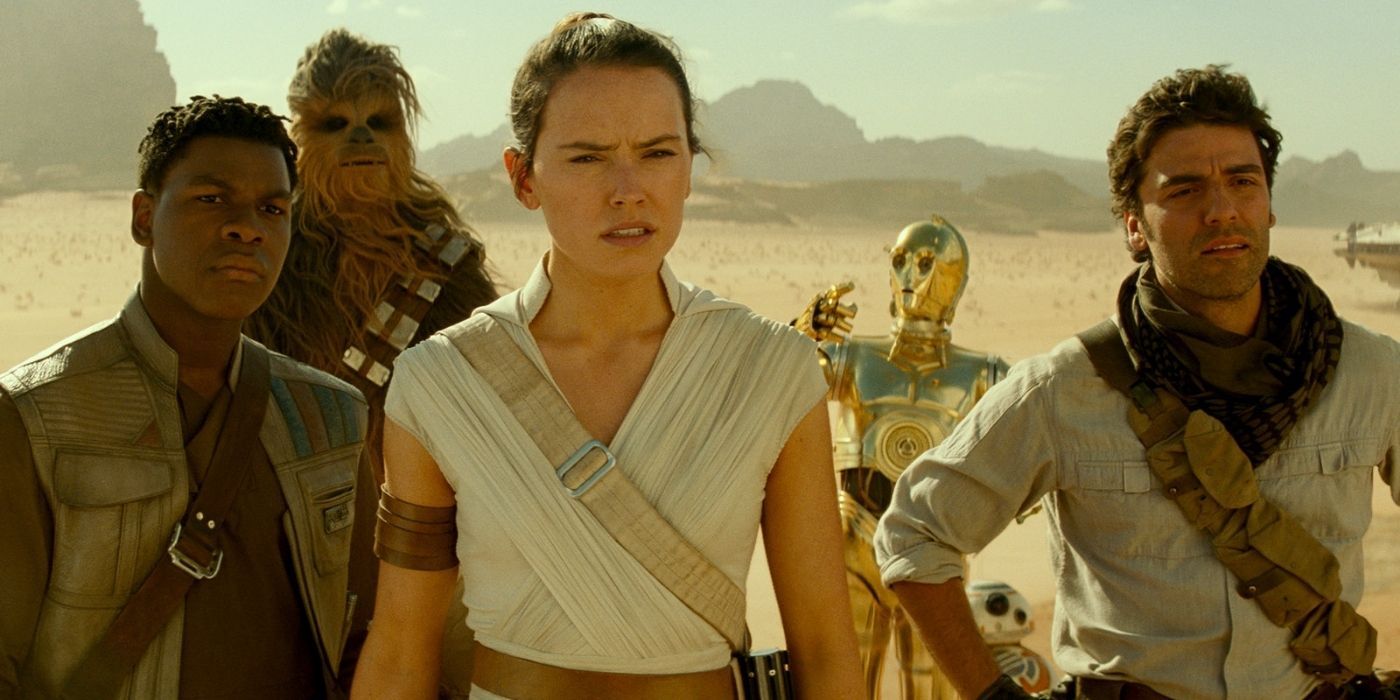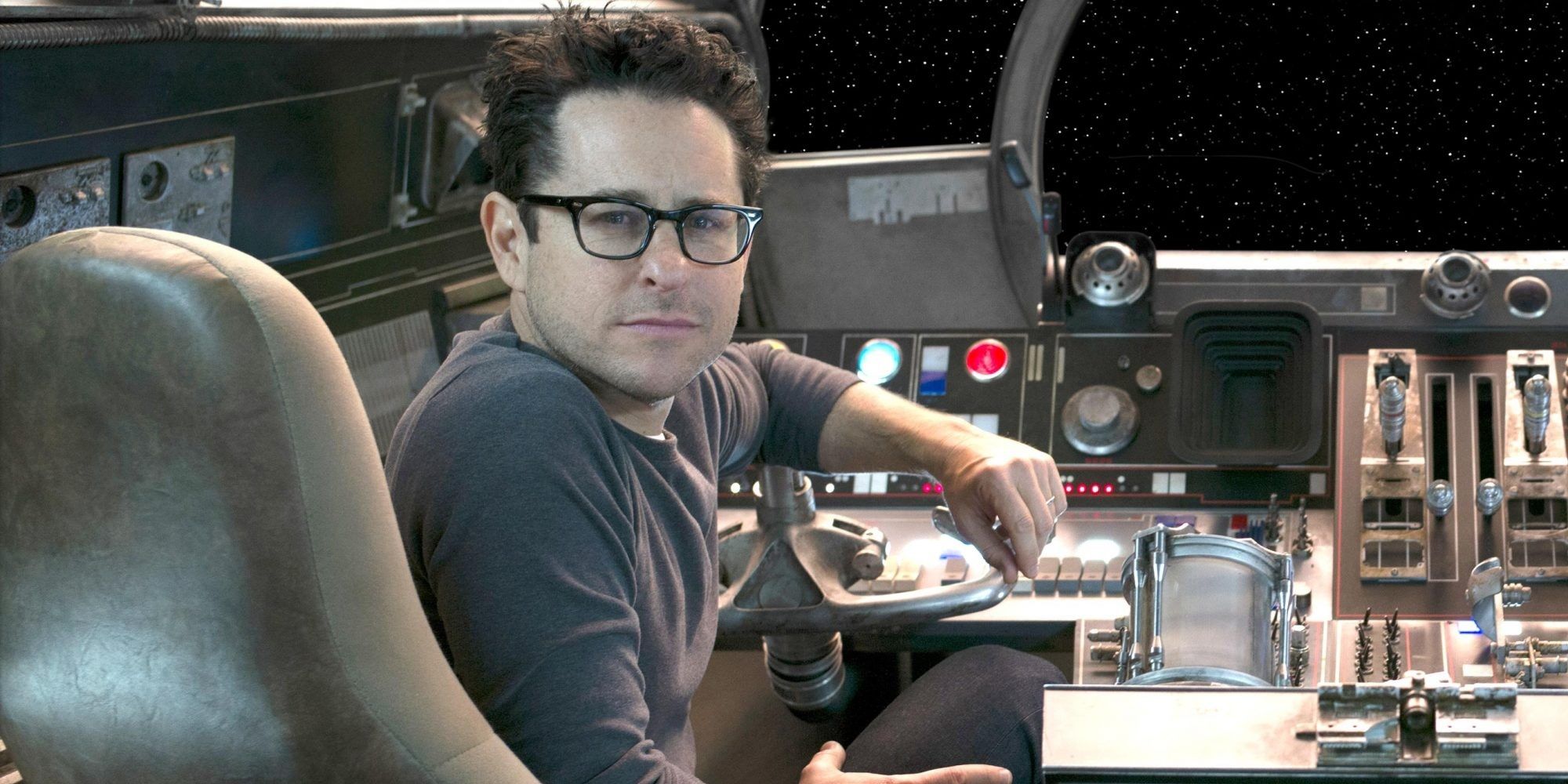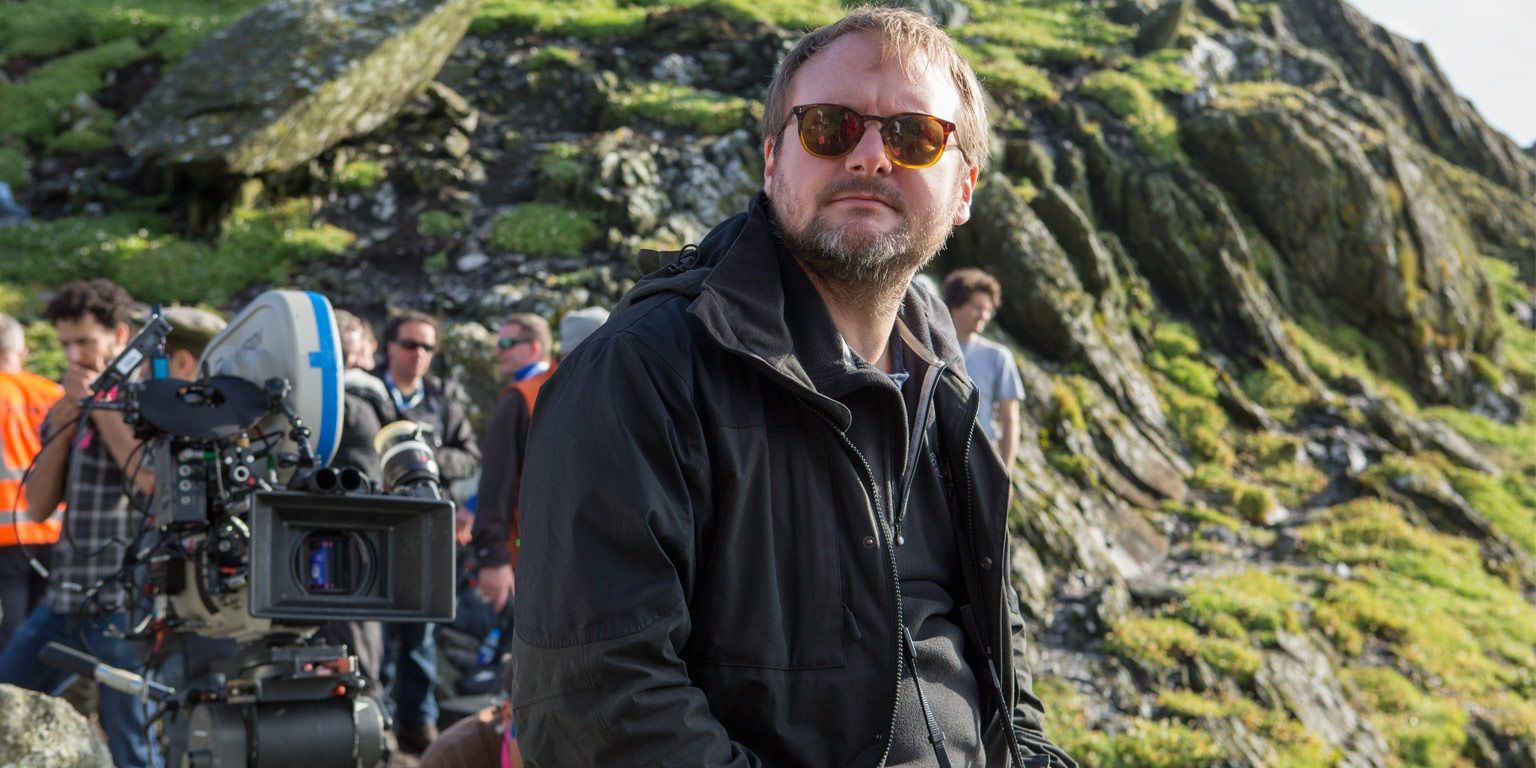Par for the course, Star Wars fans were polarized to say the least by the new trilogy released by Disney. Where George Lucas’ prequel trilogy – similarly met with vicious backlash from the fan base – was a well-told story with compelling characters (and a couple of not-so-compelling characters) and a handful of technical flaws to overlook, the sequel movies were technically brilliant, but suffered from clunky storytelling and inconsistent characters.
A lot of the biggest problems with the sequel trilogy arose from the changes in creative direction. J.J. Abrams directed The Force Awakens with one vision for Star Wars’ future, then Rian Johnson directed The Last Jedi with a totally different vision – a contradictory one, even – and then The Rise of Skywalker came along and Abrams bowed down to the fan backlash faced by the previous movies with a conclusion that doesn’t feel true to anything that came before, let alone satisfying as a conclusion to the entire Star Wars saga. If just Abrams or Johnson had directed all three sequel movies, mapping out the story and characters from the beginning and figuring out the details along the way (as George Lucas did with the other two trilogies), then fans would’ve at least gotten a trilogy with a singular vision and a more cohesive arc.
When Kathleen Kennedy first hired J.J. Abrams to helm Episode VII, she initially offered him the chance to helm all three movies in the trilogy. Since the task of helming just one post-Return of the Jedi Star Wars sequel was daunting enough, he turned down the offer and just directed the first one. So, Kennedy decided to get a new filmmaker for each movie. After Abrams directed Episode VII, Rian Johnson would direct Episode VIII and Colin Trevorrow would direct Episode IX. However, after a creative clash, Kennedy parted ways with Trevorrow and brought back the more agreeable Abrams. As a result, the trilogy jumped from Abrams’ vision to Johnson’s vision back to Abrams’ vision.
Not only does the sequel trilogy not have a single creative vision at the helm; its two visions clash with one another. Abrams was interested in recapturing the feel of the original trilogy and playing on fans’ nostalgia with an affection for the past. Johnson was interested in deconstructing the Star Wars myth and letting the past die. Both of these visions for the next chapter of the Star Wars saga could’ve been great, but neither of them can work effectively in a patchwork trilogy that switches between the two.
Despite turning down the opportunity to helm the entire sequel trilogy, during the making of The Force Awakens, Abrams wrote story treatments for Episodes VIII and IX that would follow on from the “mystery box” setups he was planting in Episode VII (that mostly got dropped by the trilogy’s unceremonious conclusion), so he clearly had ideas for where all these stories were heading.
Abrams didn’t necessarily have to direct Episodes VIII and IX, but he could’ve taken the approach used by George Lucas when he made the original trilogy. After directing the first Star Wars movie, Lucas outsourced The Empire Strikes Back and Return of the Jedi to other directors, but was heavily involved in the writing, shooting, and editing of each movie as an executive producer. The most important thing is that one vision with a firm grasp on the themes of the story is guiding the way from start to finish – it doesn’t need to be from the director’s chair per se.
When Rian Johnson came aboard Episode VIII as a writer-director, he disregarded Abrams’ treatment and started from scratch, because Johnson had his own vision for Star Wars that was completely separate from Abrams’, which is respectable from a filmmaking standpoint but confusing from a narrative standpoint. Seeing different directors’ takes on the Star Wars universe – like the thought-provoking work of The Mandalorian’s Deborah Chow and Rick Famuyiwa – is one of the upsides of Disney’s acquisition of Lucasfilm and the ensuing onslaught of Star Wars content. But Johnson’s cynical deconstruction of the myths peddled by Star Wars would’ve been better-suited to his seemingly mooted trilogy unconnected to the Skywalker saga. It was at odds with the reverence of the Star Wars myth offered by Abrams’ own vision, and it carried an unusually dreary tone for one of the mainline “Episode” movies.
When Abrams was brought back for Episode IX after it lost its original director, he couldn’t use his old treatment for IX because Johnson had thrown out his treatment for VIII and made a completely different version. The Last Jedi blatantly dropped a lot of Abrams’ ideas from The Force Awakens, and The Rise of Skywalker would, in turn, blatantly drop a bunch of Johnson’s ideas from The Last Jedi. Johnson dropped Finn’s Force sensitivity and the threat of the Knights of Ren. Abrams dropped “Broom Boy” and Finn and Rose’s burgeoning romance. Abrams introduced Snoke as a store-brand Emperor Palpatine, then Johnson cut him in half, then Abrams revealed him to be a creation of Palpatine’s, opening up all kinds of plot holes. Abrams set up Rey for special parentage, prompting dozens of fan theories, then Johnson revealed her parents to be “nobodies,” then Abrams retconned that and made her a Palpatine instead.
While some fans are still divided on the prequels, most of the Star Wars fandom can agree that both of Lucas’ Star Wars trilogies followed a singular vision with meticulously crafted story arcs that led to immensely satisfying payoffs. The original trilogy is about Luke Skywalker’s journey to become a Jedi and Darth Vader’s redemption and the Rebels taking back the galaxy from the Empire – it always strived toward a goal and ultimately paid off all the story threads in unexpected and emotionally engaging ways in the thrilling final act of Return of the Jedi. The prequels tell Vader’s origin story, framing Anakin Skywalker as a tragic hero torn between two mentors: aspiring dictator Sheev Palpatine, who tells him everything he wants to hear in order to exploit his power, and his master Obi-Wan Kenobi, who loves him like a brother and wants nothing but the best for him. Like all great prequels, it uses the inevitability of tragedy as a dramatic tool.
Lucas changed details along the way, but he always had a roadmap from the beginning with a general arc planned out for the characters and storylines that provided a strong foundation for trilogies that really feel like three-part stories and hold up as a complete three-volume work. The unplanned nature of the sequels extends beyond the fact that it changed hands between directors. Abrams changed Rey’s parentage back and forth even when The Rise of Skywalker was in production. Daisy Ridley played some scenes thinking Rey was a Kenobi and some scenes thinking she was a Palpatine, based on the ever-changing information Abrams gave her. When an actor still doesn’t know who their character is in their third movie playing them, something’s gone wrong.
Ultimately, the greatest tragedy of the sequel trilogy is that its fly-by-the-seat-of-one’s-pants storytelling squandered some of the finest actors in the world. The sequel trilogy assembled such incredible performers as John Boyega, Oscar Isaac, and Lupita Nyong’o, only to waste their talents on one-note characters riddled with inconsistencies. The Star Wars prequels aren’t perfect movies, but the character arcs are consistent, the payoffs in Episode III can be traced back to setups in Episode I, and the story threads mostly satisfy in setting up the original trilogy where the sequel trilogy fails to explore the post-Return of the Jedi timeline in a satisfactory way, because Lucas was steering the ship the whole way. It’s like the old expression that a camel is a horse designed by a committee. The original and prequel trilogies are horses and the sequel trilogy is a camel.



